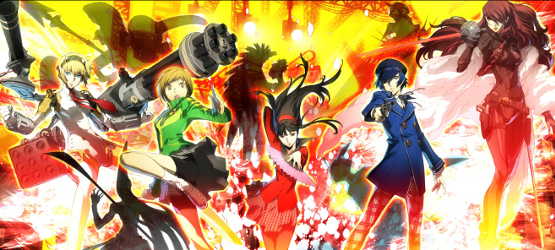
Have you ever returned somewhere a short while later and seen it in an entirely different light? Have you ever had deja vu? These phenomena are regular occurrences in our day to day lives, but I don’t think I’ve ever seen things as differently as Atlus has in returning to the cast and…
-
Tons of content and fan service.
-
Accessible and deep.
-
More story than game in Story Mode.








